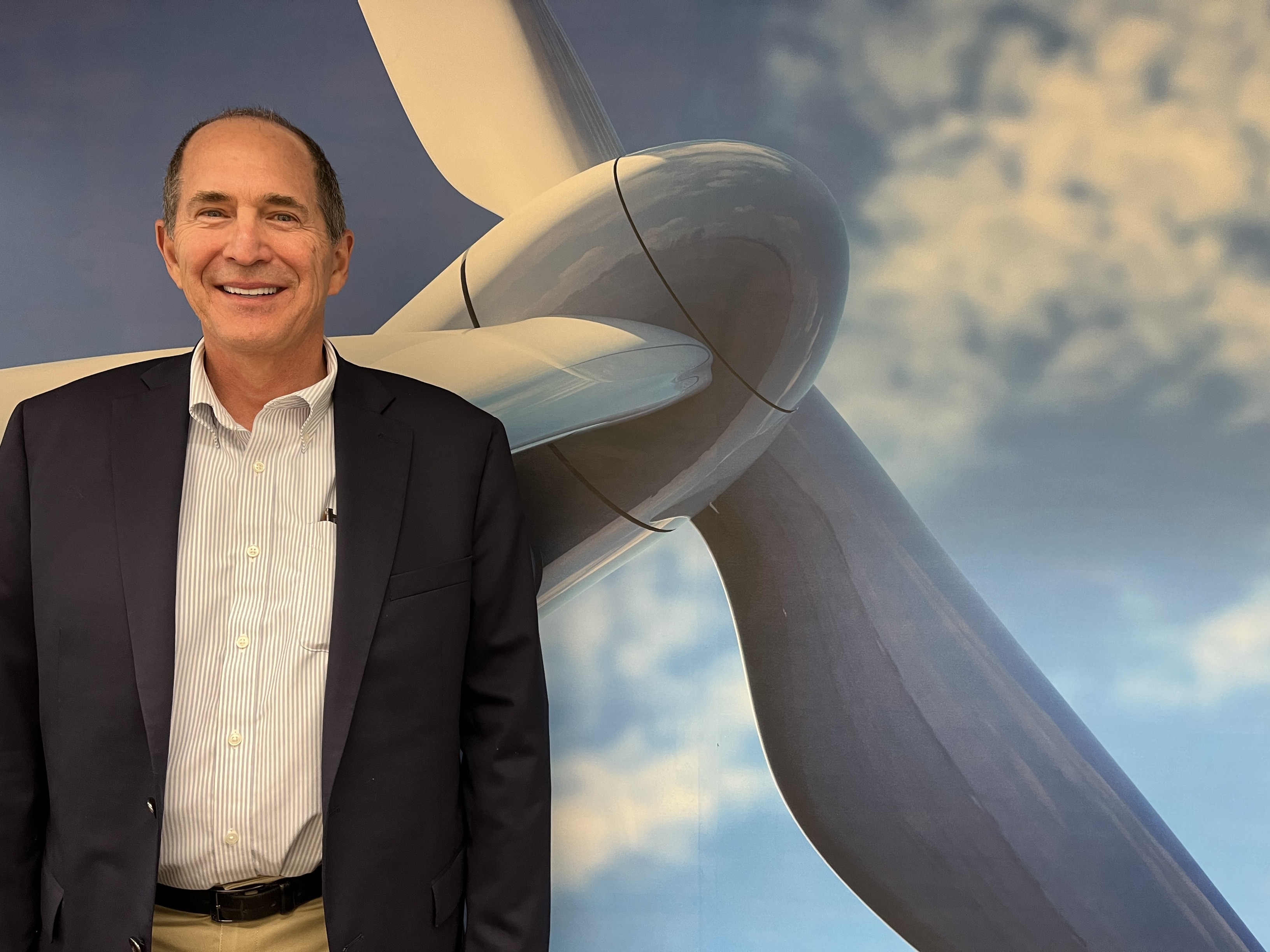
Meet the Program Director: Dr. James Seaba
Dr. James Seaba currently serves as a program director for ARPA-E. His focus at ARPA-E is on the economically driven conversion of renewable energy to sustainable products and commodities.
Tell us about your background and what brought you to ARPA-E.
I’ve spent 33 years in energy-related research and development functions in both academic and industry environments. I’ve worked in the aerospace, automotive, oil and gas industries. The common thread throughout my career is developing energy technologies that are economically driven and address a major problem. I focused the last 20 years of my career in the oil and gas sectors addressing low-carbon solutions for oil and gas processes.
I first started going to the annual ARPA-E Energy Innovation Summit back in 2016. ARPA-E’s approach is different from any other DOE office. ARPA-E’s goal of solving big problems through funding high potential, high impact projects is extremely interesting to me. Meeting net zero energy goals by 2050 is a significant challenge that has an outsized impact on future generations. I joined ARPA-E to generate economically driven net zero solutions that can be scaled up and delivered for everyone’s benefit. These solutions would also increase the resiliency and availability of our energy supply allowing for a smooth energy transition away from fossil fuels.
How have these professional experiences informed your understanding of energy issues?
The broad use of energy across all business and consumer sectors shows that there is no single silver bullet that will address all our net zero carbon challenges. It is a very complex problem with multiple solution pathways. The proliferation of new technologies and approaches is a positive result of any project. In the end, economics will dictate the best path forward. It is important to assess the entire energy system to deliver viable pathways.
What has it been like to work at ARPA-E now that you’ve got a few months under your belt to reflect?
ARPA-E has a large diverse set of technical expertise across most of our energy landscape. We have awesome ideation sessions, where everyone participates to discuss out-of-the-box ideas to solve our energy problems. The external interaction with big companies, start-ups, academics, and national labs has been extremely helpful to get an accurate picture of our clean energy technology status. External information gathering and ideating with colleagues is critical to generate game changing, high potential, high impact programs.
What new program areas or technical whitespaces are you interested in exploring?
I want to address goals to reach net zero by 2050 keeping in mind the present situation. Replacing fossil fuels, such as oil, natural gas, and coal with wind and solar energy by 2050 is challenging. My goal for my first program is to focus on making hydrocarbon liquid fuels directly from wind and solar. The hope is to make fuels directly from carbon dioxide and hydrogen at site with no grid. This allows for the lowest cost sustainable fuels targeted at $4/gal. There is enough wind and solar energy potential in the U.S. to produce 100 times our current use of all liquid fuels. However, sustainable jet and diesel fuel would be the highest priority due to the difficulty of decarbonizing aviation and large trucks. One can extend the products produced by renewables to other sectors such as chemicals, plastics, etc. Producing products that are compatible with our current infrastructure will help accelerate the use of renewable energy.
What do you hope to accomplish during your tenure at ARPA-E?
I hope to support a research, development, and commercialization community focused on next generation molecular management. The goal is to take clean energy electrons and make products that are compatible with infrastructure and maximize the use of the existing asset base. In the future, this approach would also enable the build out of new infrastructure and end-use technologies, leveraging this new renewable energy system. This would lead to new clean energy programs that can drive us toward net zero and sub net zero beyond 2050.
